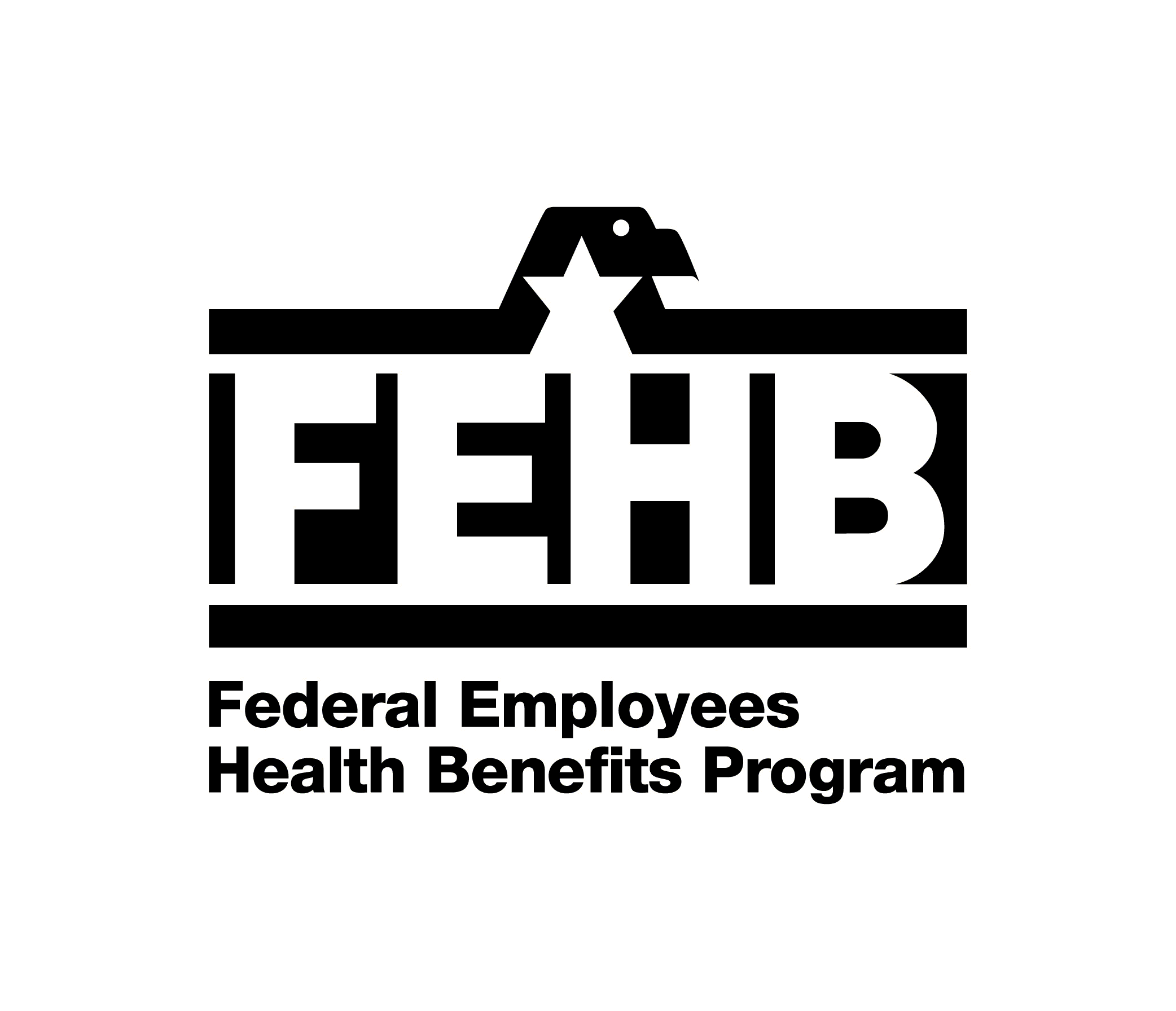This Plan is a health maintenance organization (HMO). OPM requires that FEHB plans be accredited to validate that plan operations and/or care management meet nationally recognized standards. Kaiser Foundation Health Plan, Inc. Hawaii Region holds the following accreditations: National Committee for Quality Assurance (NCQA). To learn more about this plan's accreditation, please visit the following website: www.ncqa.org. We require you to see specific physicians, hospitals, and other providers that contract with us. These Plan providers coordinate your healthcare services. We are solely responsible for the selection of these providers in your area. Contact us for a copy of our most recent provider directory. We give you a choice of enrollment in a High Option or a Standard Option.
HMOs emphasize preventive care such as routine office visits, physical exams, well-baby care, and immunizations, in addition to treatment for illness and injury. Our providers follow generally accepted medical practice when prescribing any course of treatment.
When you receive services from Plan providers, you will not have to submit claim forms or pay bills. You only pay the copayments and coinsurance described in this brochure. When you receive emergency services, services covered under our travel benefit or the dependent child out-of-area benefit from non-Plan providers, you may have to submit claim forms.
You should join an HMO because you prefer the plan’s benefits, not because a particular provider is available. You cannot change plans because a provider leaves our Plan. We cannot guarantee that any one physician, hospital, or other provider will be available and/or remain under contract with us.
Questions regarding what protections apply may be directed to us at 800-966-5955 (TTY: 711). You can also read additional information from the U.S. Department of Health and Human Services at www.healthcare.gov.
(TTY: 711). You can also read additional information from the U.S. Department of Health and Human Services at www.healthcare.gov.
General features of our High and Standard Options
How we pay providers
We contract with individual physicians, medical groups, and hospitals to provide the benefits in this brochure. These Plan providers accept a negotiated payment from us, and you will only be responsible for your cost-sharing (copayments, coinsurance, deductibles, and non-covered services and supplies).
Your rights and responsibilities
OPM requires that all FEHB plans provide certain information to their FEHB members. You may get information about us, our networks, our providers, and our facilities. OPM’s FEHB website (www.opm.gov/insurance-healthcare) lists the specific types of information that we must make available to you. Some of the required information is listed below.
- We are a health maintenance organization that has provided healthcare services in Hawaii since 1958.
- This medical benefit plan is provided by Kaiser Foundation Health Plan, Inc. Medical and hospital services are provided through our integrated healthcare delivery organization known as Kaiser Permanente. Kaiser Permanente is composed of Kaiser Foundation Health Plan, Inc. (a California nonprofit public benefit corporation), Kaiser Foundation Hospitals (a California nonprofit public benefit corporation) and Hawaii Permanente Medical Group, Inc. (a Hawaii professional corporation).
You are also entitled to a wide range of consumer protections and have specific responsibilities as a member of this Plan. You can view the complete list of these rights and responsibilities by visiting our Kaiser Permanente Hawaii website at www.kp.org/feds. You can also contact us to request that we mail you a copy.
If you want more information about us, call 800-966-5955 (TTY: 711) or write to Kaiser Foundation Health Plan, Inc., Member Services, 711 Kapiolani Blvd., Honolulu, Hawaii 96813. You may also contact us by fax at 808-432-5300
(TTY: 711) or write to Kaiser Foundation Health Plan, Inc., Member Services, 711 Kapiolani Blvd., Honolulu, Hawaii 96813. You may also contact us by fax at 808-432-5300 or visit our website at www.kp.org/feds.
or visit our website at www.kp.org/feds.
By law, you have the right to access your protected health information (PHI). For more information regarding access to PHI, visit our website at www.kp.org/feds to obtain our Notice of Privacy Practices. You can also contact us to request that we mail you a copy of that Notice.
Language interpretation services
Language interpretation services are available to non-English speaking members. Please ask an English-speaking friend or relative to call our Member Services at 800-966-5955 (TTY: 711).
(TTY: 711).
Your medical and claims records are confidential
We will keep your medical and claims records confidential. Please note that we may disclose your medical and claims information (including your prescription drug utilization) to any of your treating physicians or dispensing pharmacies.
Service Area
To enroll in this Plan, you must live or work in our service area. This is where our providers practice. Our service area is:
- The Islands of Oahu, Hawaii, Kauai, Lanai, Maui, and Molokai.
Ordinarily, you must receive your care from physicians, hospitals, and other providers who contract with us. However, we are part of the Kaiser Permanente Medical Care Program, and if you are visiting another Kaiser Permanente service area, you can receive visiting member care from designated providers in that area. See Section 5(h), Special features, for more details. We also pay for certain follow-up services or continuing care services while you are traveling outside the service area or for dependent children outside of the service area, as described in Section 5(h); and for emergency care obtained from any non-Plan provider, as described in Section 5(d), Emergency services/accidents. We will not pay for any other healthcare services out of our service area unless the services have prior Plan approval.
If you or a covered family member move outside of our service area, you can enroll in another plan. If your dependents live out of the area (for example, if your child goes to college in another state), you should consider enrolling in a fee-for-service plan or an HMO that has agreements with affiliates in other areas. If you or a family member move, you do not have to wait until Open Season to change plans. Contact your employing or retirement office.

